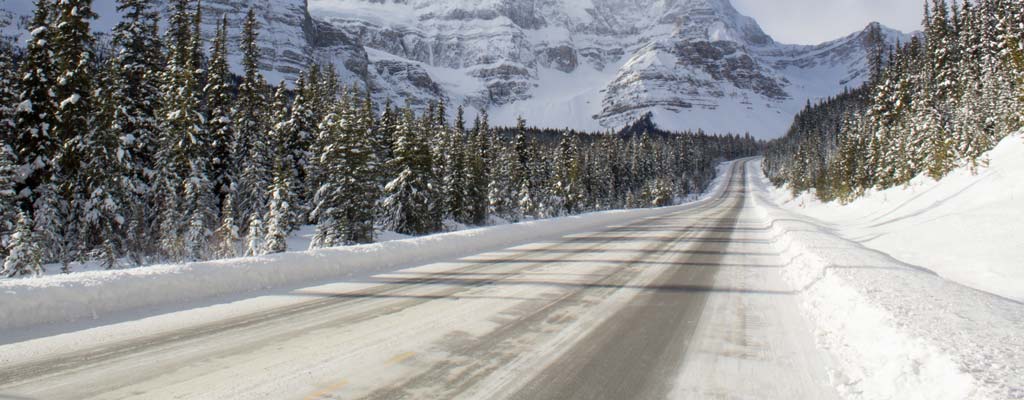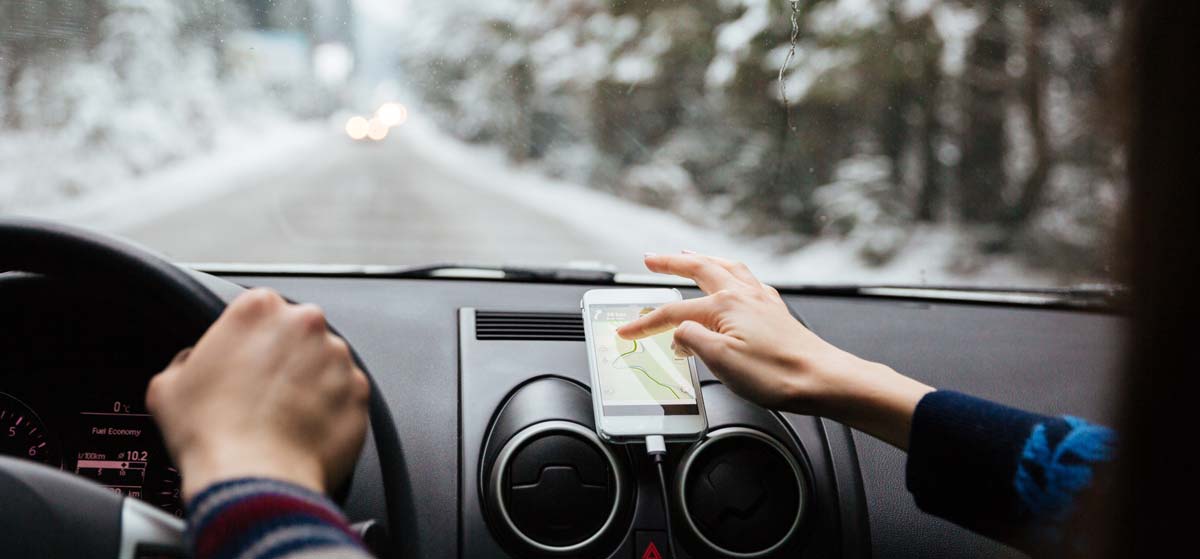You have already added that item to your appointment.

You have already added that item to your appointment.
Driving in the mountains is different from city and highway driving. There are the added rise and decline in elevation, narrowing and winding roadways, and the ever-present possibility of snow and ice. We’ve put together some tips to help you safely navigate your way over the mountains, regardless of the time of year.
If the passes seem too treacherous for you, wait it out. Weather conditions can change overnight. In addition, county and state road crews often grade and add materials (rocks and chemicals) to roadways to melt ice and add grip.
Fill up your gas tank before you leave. Driving up and down mountain passes at slower speeds can burn a lot more fuel than regular driving. In addition, check your defroster, wiper blades, and headlights and top-off all your fluids, including wiper fluid and antifreeze. Finally, come by Les Schwab and we’ll check your tire pressure and tire condition, battery, and brakes as part of our free, pre-trip safety check. We’ve put together some additional tips to get you ready to drive in the mountains and in winter conditions.
It’s not how you drive, but how you arrive that matters. Slowing down on snow and ice-covered mountain roads is the best way to reach your destination without getting in an accident or losing control. Check out our article, Winter Driving Tips: How to Drive in the Snow. In addition, we have some more advice to safely navigate mountain roads:
If you get stuck in the snow, don’t spin your wheels. Instead, turn off traction control and put your vehicle into its lowest gear. Then give your tires something to grip. Floor mats or cardboard work great. Don’t forget to turn the traction control back on after you’re on the road.

Map apps and your car’s navigation might work great in the city, but up in the mountains it pays to have a paper map as a backup. Print out your directions, including alternate routes in case of road closures, before going over the pass.
Icy roads can catch even the best drivers off guard. Watch for ice in the shade where temperatures can fall below freezing. To avoid skids and losing control, watch your speed going into shaded corners. Also, watch for ice on bridges and overpasses.
The weather can shift and worsen quickly in the West. Especially at higher elevations. Your local Les Schwab can help you decide if you need a set of winter tires. We can also check your vehicle’s most important safety components before you travel. Stop by today or schedule your free, pre-trip safety check now.